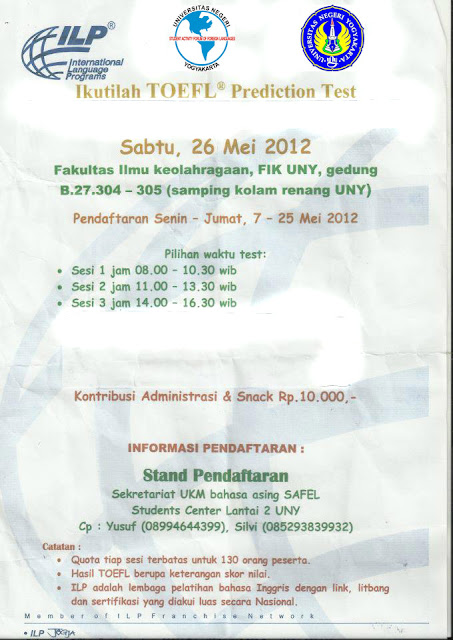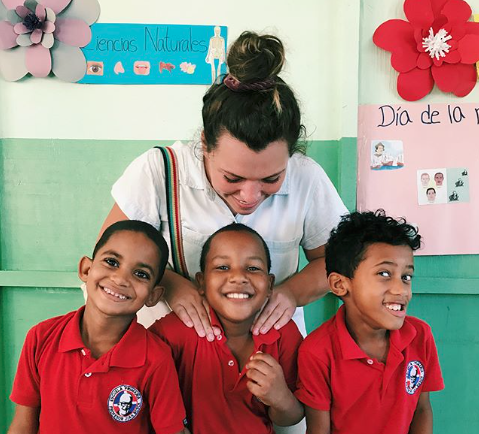

Yu (2003) states that "although the core ideas in the previous politeness theories are claimed as universal, it is not necessarily the case that the conception of politeness and the degree of

In this regard, many studies within the field of pragmatics and sociolinguistics have tried to show the similarities and differences between the people of different speech communities. It can also be helpful for translators to have an appropriate translation. INTRODUCTION The study of communication across cultures is an area of investigation which is very important for language learners and teachers. These translations were categorized according to Vinay and Darbelnet's and Newmark's translation procedures. Cultural equivalent and transcription were the two other translation procedures which were used by them. The translation of different categories of address terms with different positive and negative politeness strategies by two different translators, Gharib and Shakibapoor, indicated that literal translation and deletion were the two translation procedures which were used mostly by two translators, respectively. The results showed that there is a direct relation between using address terms and politeness strategies. The researcher analyzed the dialogues based on positive and negative politeness strategies with emphasis on address terms. Charles Dickens novel " Oliver Twist " was used as the text in which politeness strategies appeared. The study was based on Brown and Levinson's (1987) framework in which politeness strategies are delineated in full detail.

In this study, politeness strategies were studied from a new perspective, that was, translation.

This study attempted to investigate politeness strategies in English and Persian with special emphasis on address terms. With the rapid development of intercultural communication research, the concept of politeness has received considerable attention.


 0 kommentar(er)
0 kommentar(er)
